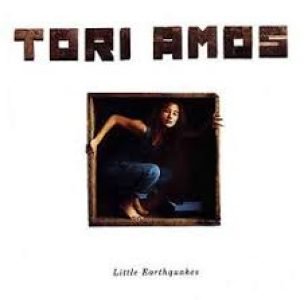Little Earthquakes was Tori Amos’s true debut as a solo artist, arriving in 1992 after her earlier attempt at mainstream success with the synth-pop band Y Kant Tori Read fell flat. Rather than following trends, she chose a different path. At a time when the music charts were filled with loud guitars and grunge’s raw energy, Amos brought forward something more intimate and vulnerable. Her voice and piano took center stage, offering a sound that felt both classical and boldly confessional. This wasn’t a sudden shift, but rather a deeper unveiling of who she really was as an artist.
With Little Earthquakes, Amos set out to tell the truth, her truth. She wrote from deeply personal places, exploring themes of identity, pain, religion, and survival. Her songwriting often feels like a diary cracked open, especially on tracks like “Silent All These Years” and “Me and a Gun.”
Sonic Exploration
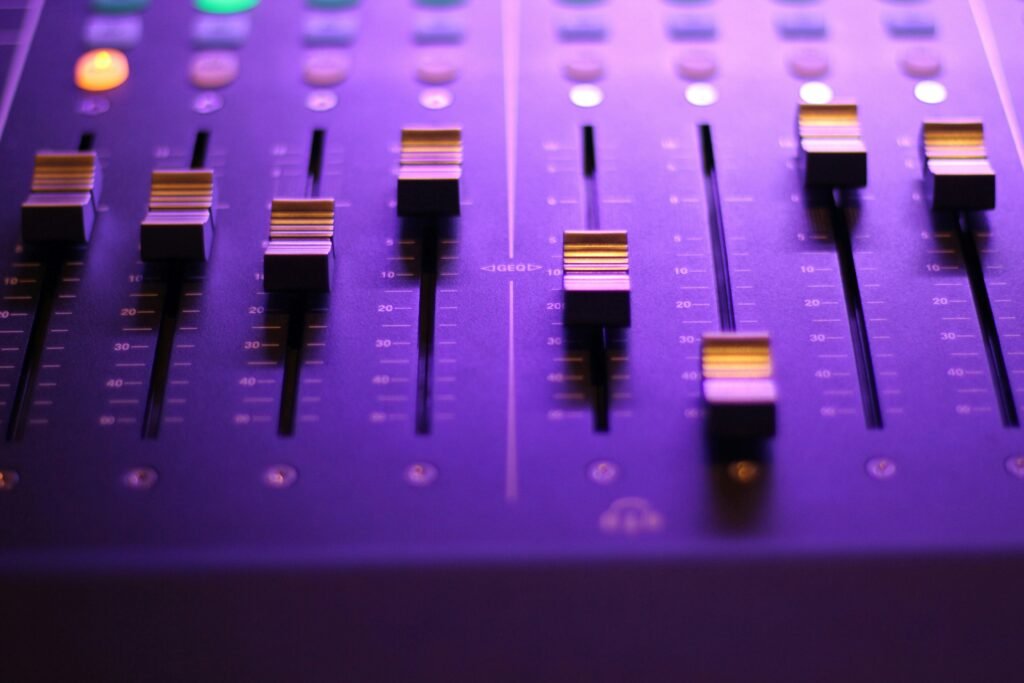
The production of Little Earthquakes is clean and spacious, allowing the emotional weight of the songs to land without distraction. It doesn’t rely on heavy effects or over-polishing. Instead, it gives Amos’s voice and piano room to breathe. This clarity adds to the album’s vulnerability. You can hear every breath she takes, every shift in her playing, and it feels intentional. The production doesn’t aim to dazzle—it supports the storytelling by staying out of the way, creating an atmosphere that feels intimate rather than staged.
Musical Arrangements
At the core of the album is Amos’s piano, which acts as both anchor and emotional translator. The arrangements are often sparse, but that simplicity is part of their power. On tracks like “Winter” and “China,” subtle string sections add depth without stealing focus. In “Precious Things,” a sharper edge comes through with layered vocals and more urgent dynamics. Her voice shifts shape throughout the album—from delicate to defiant—always in conversation with the instrumentation. The balance between restraint and expression is finely tuned, making each arrangement feel purposeful.
Genre Elements
Little Earthquakes draws from several traditions without fully belonging to any one genre. It’s rooted in singer-songwriter territory, but pulls in elements of classical music, alternative rock, and even hints of folk and baroque pop. At a time when genre lines were more rigid, Amos blurred them with quiet confidence. The emotional rawness aligns her with the alternative movement of the early 90s, yet her use of piano as the lead instrument set her apart from her peers. Rather than chasing trends, she carved out a space that felt new and uniquely her own.
Lyrical Analysis

Little Earthquakes is rich with personal reflection and emotional honesty. The central themes revolve around identity, trauma, self-discovery, and spiritual questioning. Amos doesn’t shy away from difficult topics—she confronts them head-on. In “Me and a Gun,” she recounts a harrowing experience of sexual assault with stark, unaccompanied vocals, forcing the listener to sit with the weight of her words. “Silent All These Years” explores the silence imposed by others and the struggle to reclaim one’s voice. Throughout the album, there are recurring motifs of girlhood, religion, shame, and survival, each woven into a broader narrative of transformation.
Lyrical Depth
Amos’s lyrics often read like poetry. They’re layered, metaphorical, and sometimes cryptic. She doesn’t always hand the listener a clear story; instead, she leaves room for interpretation. Her writing blends imagery and feeling, often leaning on symbolism to express what might otherwise be too raw. This poetic approach adds to the album’s depth, even if it occasionally risks becoming obscure.
Emotional Impact
The emotional resonance of the lyrics is one of the album’s greatest strengths. Amos invites the listener into her internal world without filtering out the discomfort or pain. Her words can be confronting, but they also offer moments of warmth and beauty. The emotional range—from sorrow to quiet empowerment—gives the album a human quality that many listeners find deeply relatable. Even when the meanings are ambiguous, the feelings behind them are clear. The result is a lyrical experience that lingers long after the music fades.
Cohesion and Flow
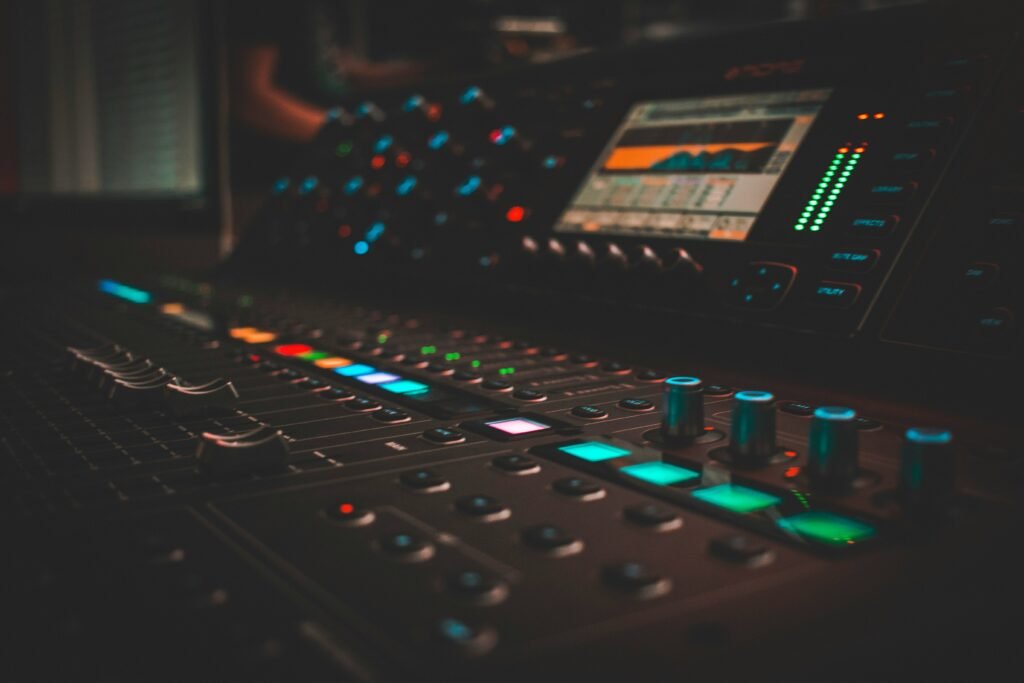
Little Earthquakes unfolds like a personal journey, and its track order reflects that. The album doesn’t follow a strict narrative, but there is a clear emotional arc. It opens with “Crucify,” a track that sets the tone with themes of guilt, pressure, and longing for liberation. From there, the songs move between moments of reflection and confrontation. “Winter” offers a pause for tenderness, while “Precious Things” and “Tear in Your Hand” push into darker, more charged territory. The final track, “Little Earthquakes,” feels like a quiet reckoning, closing the album on a note of fragile resilience. The transitions between tracks are smooth, with each song leading naturally into the next, helping the listener stay emotionally connected.
Thematic Consistency
Throughout the album, there’s a strong sense of unity. The themes—identity, trauma, voice, and healing—remain present from start to finish. Even as the emotional tone shifts between songs, the core ideas are never lost. Musically, the blend of piano, subtle strings, and sparse production keeps the sound cohesive. There are no jarring departures into other styles or moods. Instead, Amos stays within a carefully crafted space that supports her message. While a few tracks may feel slightly less immediate than others, they still contribute to the album’s atmosphere. As a whole, Little Earthquakes maintains a clear artistic vision without repeating itself.
Standout Tracks and Moments
Highlight Key Tracks
Several tracks on Little Earthquakes stand out for their emotional depth and inventive structure. “Silent All These Years” is often seen as the heart of the album. Its quiet power lies in the way it builds from vulnerability to quiet defiance, with lyrics that speak to anyone who has ever felt unheard. The piano work is delicate yet purposeful, mirroring the internal shift of the narrator finding her voice.
“Me and a Gun” is perhaps the most arresting track. Stripped of all instrumentation, it relies solely on Amos’s unflinching vocal delivery. The decision to sing a story of trauma a cappella is bold and devastating, and it sets the song apart as a raw statement of agency and survival.
“Crucify” stands out for its accessibility and structure. It blends a strong melodic hook with introspective lyrics, balancing commercial appeal with artistic weight. Its layered vocal harmonies and rhythmic pacing make it one of the most replayable songs on the album.
Memorable Moments
There are many small but striking moments throughout the record. One is the whispered delivery of “these precious things, let them bleed” in “Precious Things,” which conveys anger and pain with startling intimacy. Another is the swelling instrumental bridge in “Winter,” where strings and piano lift the song to an emotional peak, underscoring the theme of growth and loss.
Even silence is used as a tool. In “Me and a Gun,” the space around each word becomes part of the tension. That use of absence is just as powerful as any full arrangement. These details show Amos’s control over her craft, using not only what is heard, but what is left unsaid to shape the album’s emotional landscape.
Artistic Contribution and Innovation
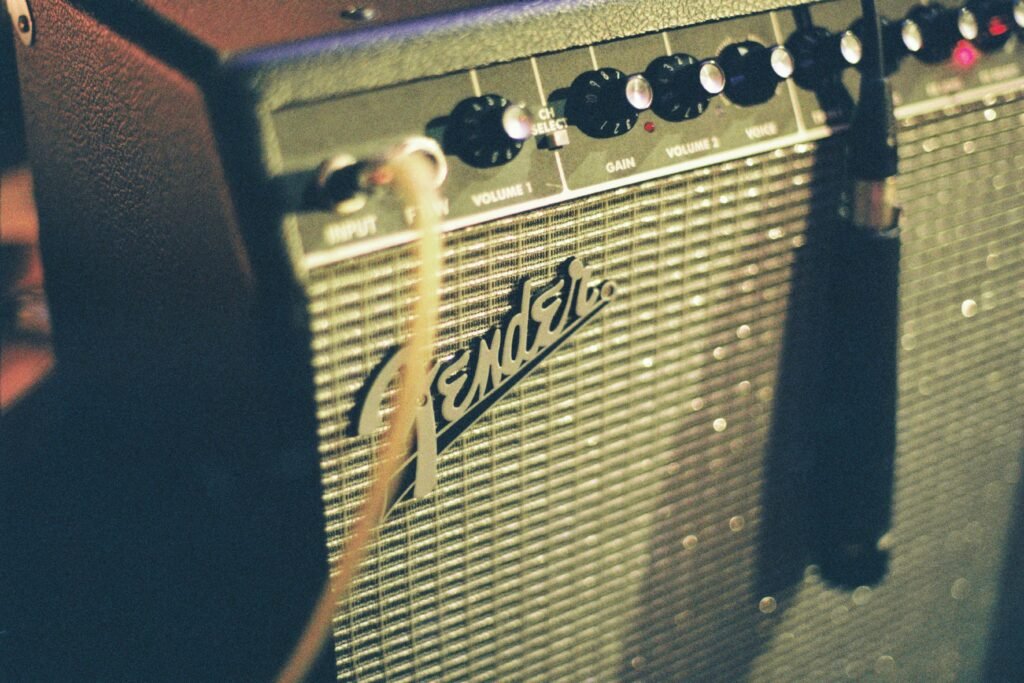
Place in Genre/Industry
When Little Earthquakes was released in 1992, it entered a music scene largely shaped by grunge and male-dominated alternative rock. At that time, piano-driven singer-songwriters weren’t front and center in the mainstream, especially not women writing such personal and unflinching material. Tori Amos’s debut shifted expectations. She brought emotional depth and classical sensibility into a space that often prized noise and rebellion. In doing so, she carved out a unique place within the alternative genre—one that allowed vulnerability and introspection to be just as powerful as distortion and volume.
Her presence helped pave the way for a generation of female artists who would explore similar themes with honesty and individuality. While she wasn’t the first to write confessional music, Amos’s style was distinct in how she merged deeply personal storytelling with unusual musical choices.
Innovation
One of the most innovative aspects of Little Earthquakes is its use of the piano as the album’s central voice. At a time when guitar was the default lead instrument in alternative music, Amos’s choice to let the piano carry the emotional weight of the songs felt bold. She also challenged norms through her lyrical focus—exploring subjects like sexual trauma, repression, and spiritual conflict with a level of directness that was uncommon in the genre.
The production supports this without overwhelming it. Instead of filling every space with sound, the arrangements often rely on silence, subtle dynamics, and restraint. This minimalist approach was not typical of early 90s mainstream releases and allowed the emotional and lyrical content to shine more clearly.
Closing Thoughts
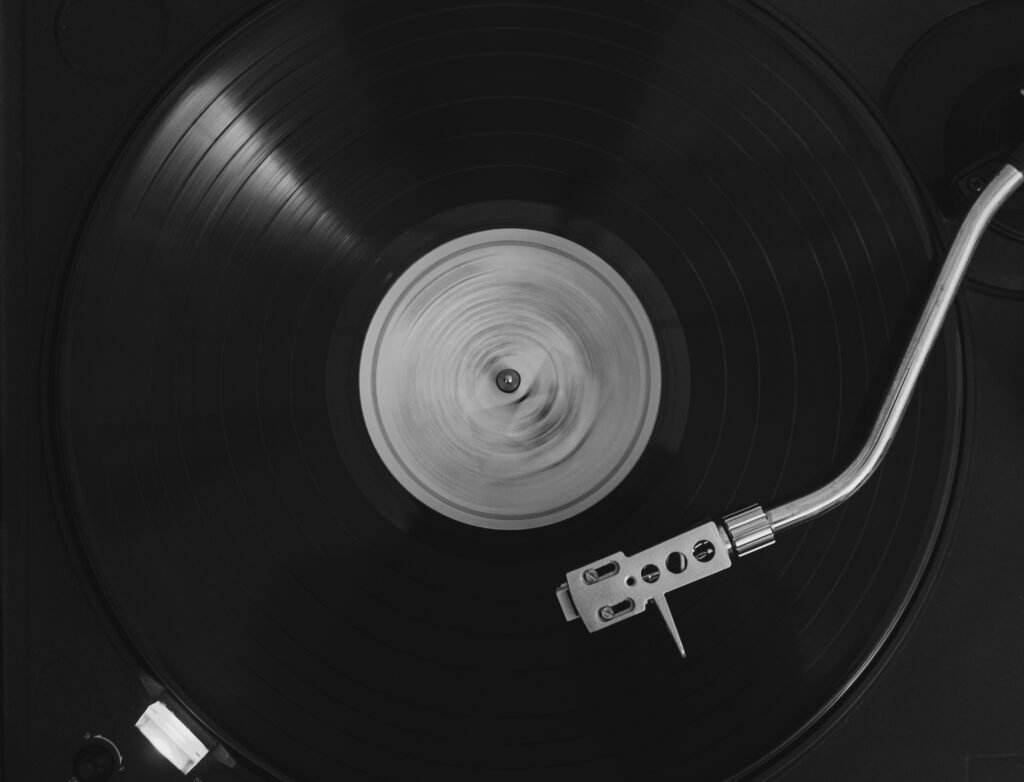
Little Earthquakes stands as a striking debut that introduced the world to Tori Amos’s fearless artistry. Its greatest strength lies in its emotional honesty, delivered through a blend of poetic lyrics, intimate piano arrangements, and restrained production. Amos doesn’t just write songs—she creates emotional spaces where difficult truths can be explored without shame or apology. The album’s consistency in theme and tone, along with its careful pacing, gives it a cohesiveness that few debut albums achieve.
That said, it’s not without its challenges. The abstract nature of some lyrics may distance listeners who prefer clearer narratives, and a few tracks feel more atmospheric than essential. Yet even in its quieter moments, the album maintains its focus and emotional pull.
What makes Little Earthquakes truly lasting is its impact. It gave a voice to experiences that were rarely spoken about in mainstream music, especially by women in the early 90s. It also helped reshape the boundaries of what alternative music could sound like, allowing for introspection and piano-driven expression within a genre often defined by angst and guitars.
Official Rating: 9/10
This album earns a 9 for its artistic bravery, emotional clarity, and lasting influence. While not every song may resonate equally, the overall vision is so strong, and so ahead of its time, that its minor flaws feel secondary. It remains one of Tori Amos’s most essential works, and a cornerstone of 90s alternative music.
